Decoding Token Standards in Web3: What They Are and Why They Matter
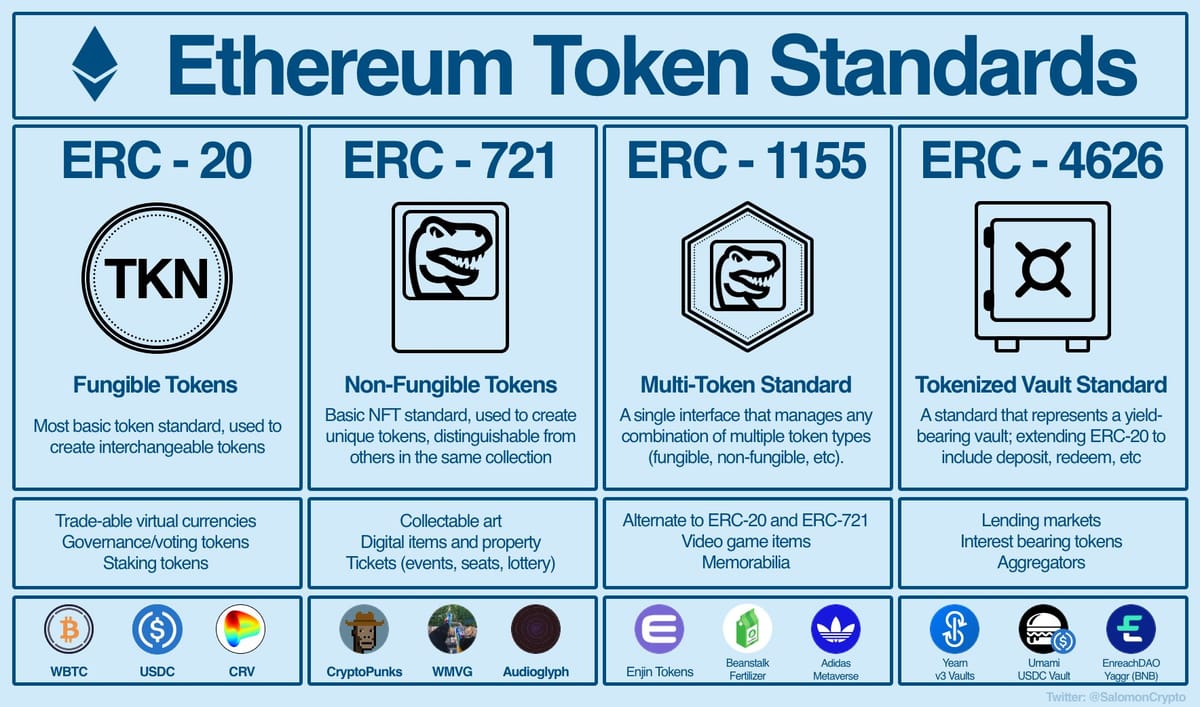
Tokens, being the lifeblood of the financial system that is Web3, are far more than just digital coins traded on crypto exchanges. They power decentralized applications, enable new forms of ownership, and facilitate peer-to-peer transactions without intermediaries. As the Web3 ecosystem continues to expand, it becomes essential to understand what tokens truly are, the various forms in which they might appear, and the unique use cases they support.
At the core of this token-driven ecosystem lie token standards—predefined sets of rules that determine how tokens behave on a blockchain. These standards ensure consistency, interoperability, and security, making it possible for wallets, marketplaces, and dApps to interact seamlessly with a wide range of tokens.
In this post, we’ll dive into what token standards are, break down the most popular ones like ERC-20, ERC-721, and ERC-1155, explore their real-world applications, and examine how emerging standards are shaping the future of Web3.
What Are Token Standards?
Think of token standards as blueprints. Just as a USB port needs a universal specification to plug into a device, tokens need a standard format to interact smoothly within the blockchain ecosystem.
Token standards define how tokens are created, transferred, stored, and interacted with on a blockchain—most commonly on Ethereum, but other blockchains like Binance Smart Chain and Polygon also use similar frameworks.
These standards aren’t arbitrary; they’re set by proposals—such as Ethereum Improvement Proposals (EIPs)—that undergo community review and adoption. Once accepted, they become the foundation upon which developers build applications that can trust and recognize how those tokens behave.
Key Token Standards You Should Know
ERC-20: The Standard for Fungible Tokens
ERC-20 is the original and most widely used standard for fungible tokens—tokens that are identical and interchangeable with one another, like dollars or BTC.
Use Cases:
- Utility tokens (e.g., Chainlink's LINK)
- Governance tokens (e.g., Uniswap’s UNI)
- Stablecoins (e.g., USDC, DAI)
Key Features:
- Same balance and transfer functions across all ERC-20 tokens
- Supported by virtually all crypto wallets and exchanges
- Easy to deploy and integrate
ERC-721: The Standard for Non-Fungible Tokens (NFTs)
Unlike ERC-20, ERC-721 defines non-fungible tokens—each token is unique and can represent ownership of a specific asset, such as digital art, in-game items, or property deeds.
Use Cases:
- Digital collectibles (e.g., CryptoPunks, Bored Ape Yacht Club)
- Game assets (e.g., Axie Infinity)
- Identity and certifications (e.g., blockchain diplomas)
Key Features:
- Each token has a unique ID
- Metadata support for images, attributes, etc.
- Cannot be exchanged on a 1:1 basis
ERC-1155: The Multi-Token Standard
ERC-1155 combines the best of both worlds by allowing both fungible and non-fungible tokens to be managed under a single contract. This standard is more gas-efficient and flexible than ERC-721 and ERC-20 when handling large batches of tokens.
Use Cases:
- Gaming (multiple item types in one contract)
- Metaverse assets
- NFT collections with mixed properties
Key Features:
- Supports batch transfers
- Reduces storage and transaction costs
- Ideal for complex asset systems
Why Token Standards Matter in Web3
In a decentralized environment, where no single entity controls the rules, standards provide a shared language for blockchain apps to interact. Without them, every wallet or dApp would need to be custom-built for each type of token—making scalability nearly impossible.
Token standards also enable:
- Interoperability: Tokens can move across apps and platforms without modification.
- Security: Standards are audited and tested by the community.
- Efficiency: Developers can build on top of existing frameworks, speeding up innovation.
Real-World Examples and Applications
Here are just a few ways token standards are powering real-world solutions:
- DeFi platforms use ERC-20 tokens to handle lending, borrowing, and trading protocols.
- NFT marketplaces like OpenSea rely on ERC-721 and ERC-1155 to verify and display unique assets.
- Gaming ecosystems like Enjin and The Sandbox use ERC-1155 to manage large volumes of in-game assets.
- DAOs issue governance tokens using ERC-20, allowing holders to vote on decisions.
Emerging Standards to Watch
Web3 is evolving rapidly, and so are token standards. Some newer proposals include:
- ERC-4626: A standard for yield-bearing vaults in DeFi, improving the composability of assets in protocols like Yearn or Aave.
- ERC-4907: Introduces rentable NFTs by allowing temporary user rights—useful in gaming and subscription models.
- Soulbound Tokens (SBTs): Proposed by Vitalik Buterin, these would represent non-transferable credentials or reputation tokens—ideal for digital identity and community trust systems.
Challenges and Considerations
Despite their utility, token standards come with some limitations:
- Upgradability: Once a token is deployed, updating its functionality is difficult without complex workarounds.
- Standard overload: Too many similar standards can fragment developer efforts.
- Security risks: Poor implementation of even a widely-used standard can lead to exploits, as seen with faulty ERC-20 contracts in the past.
The Web3 community is actively working on improving flexibility, security, and sustainability across token protocols.
Token standards may seem technical at first glance, but they play a fundamental role in shaping the Web3 experience. From creating tradable assets to enabling digital identity and virtual economies, these frameworks are what make interoperability and innovation possible in the decentralized world.
As the ecosystem matures, understanding these standards will be increasingly important—not just for developers, but for investors, creators, and users alike.
So the next time you buy an NFT or trade a token, remember: behind every seamless interaction is a token standard quietly doing the heavy lifting.
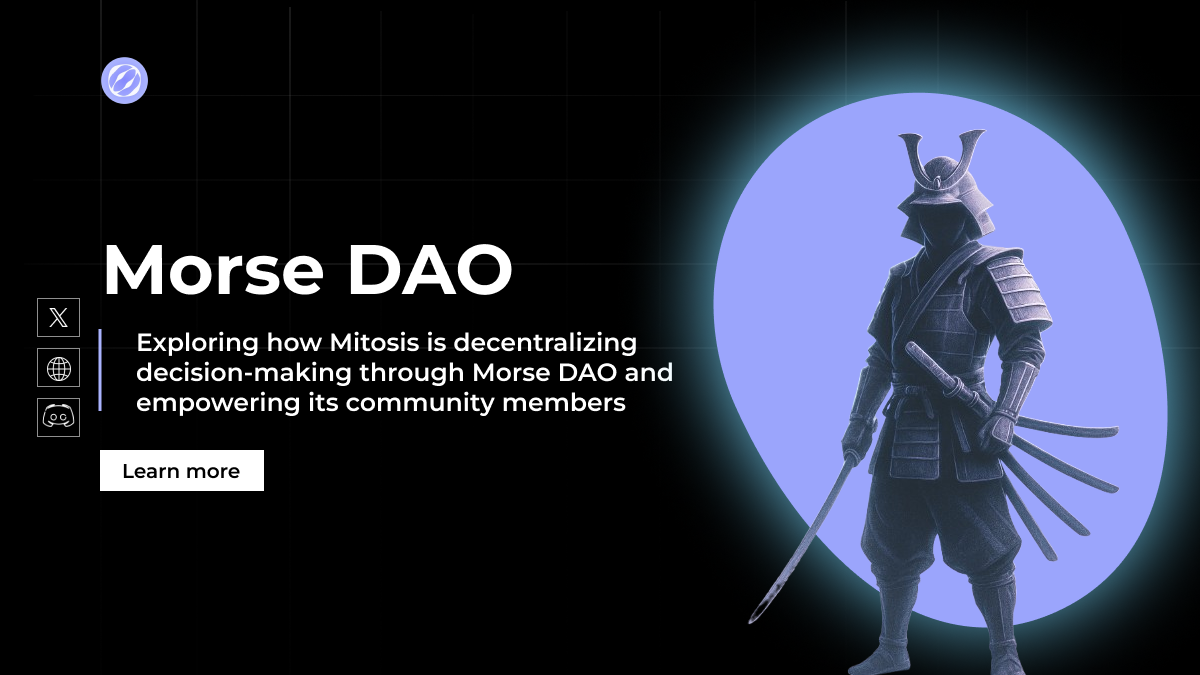

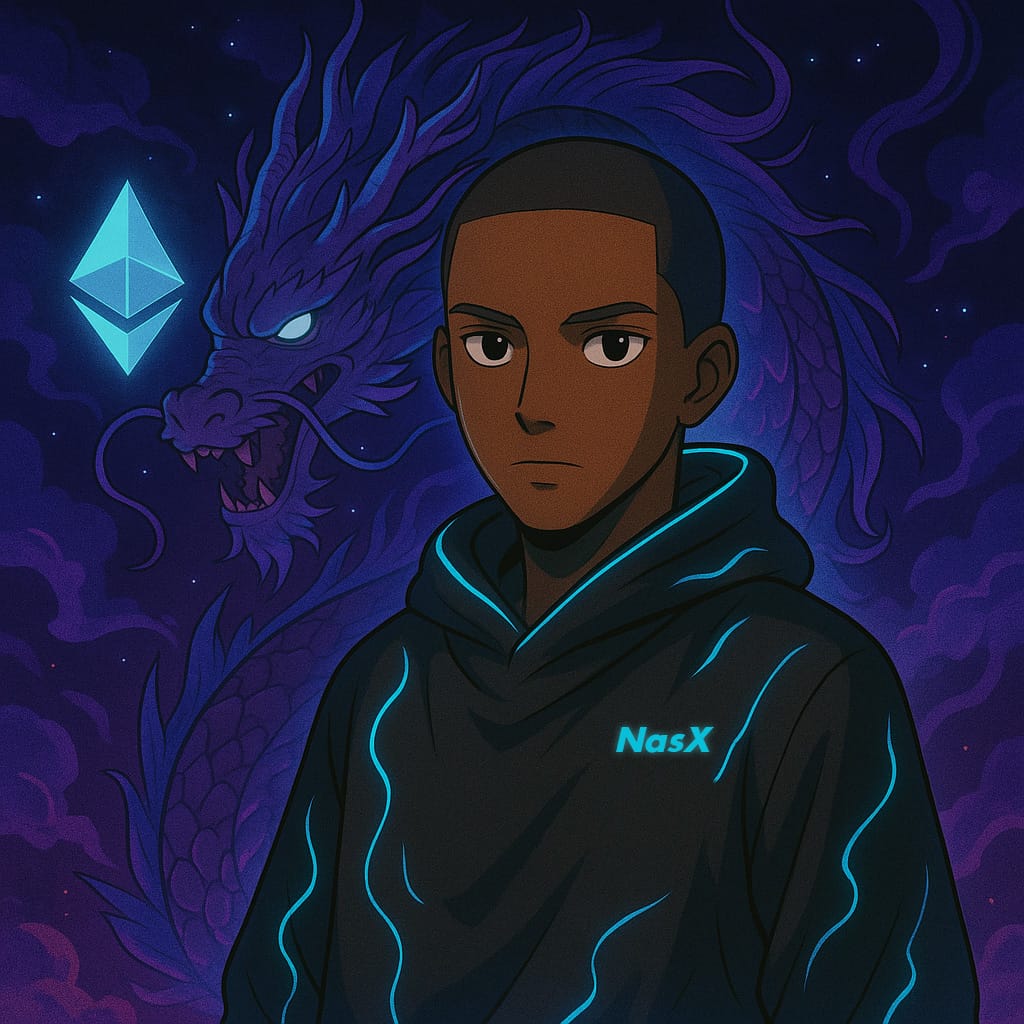



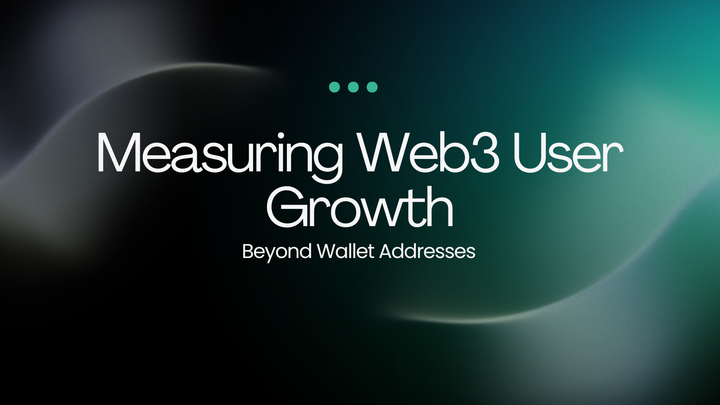
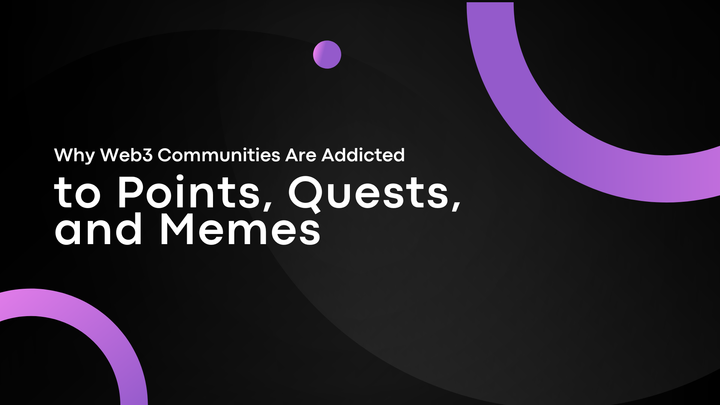
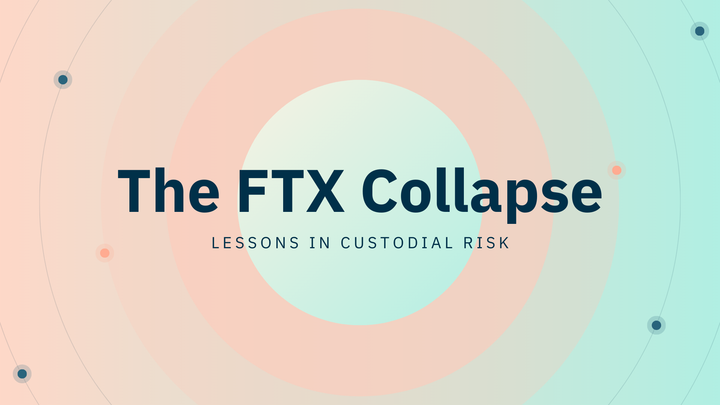
Comments ()